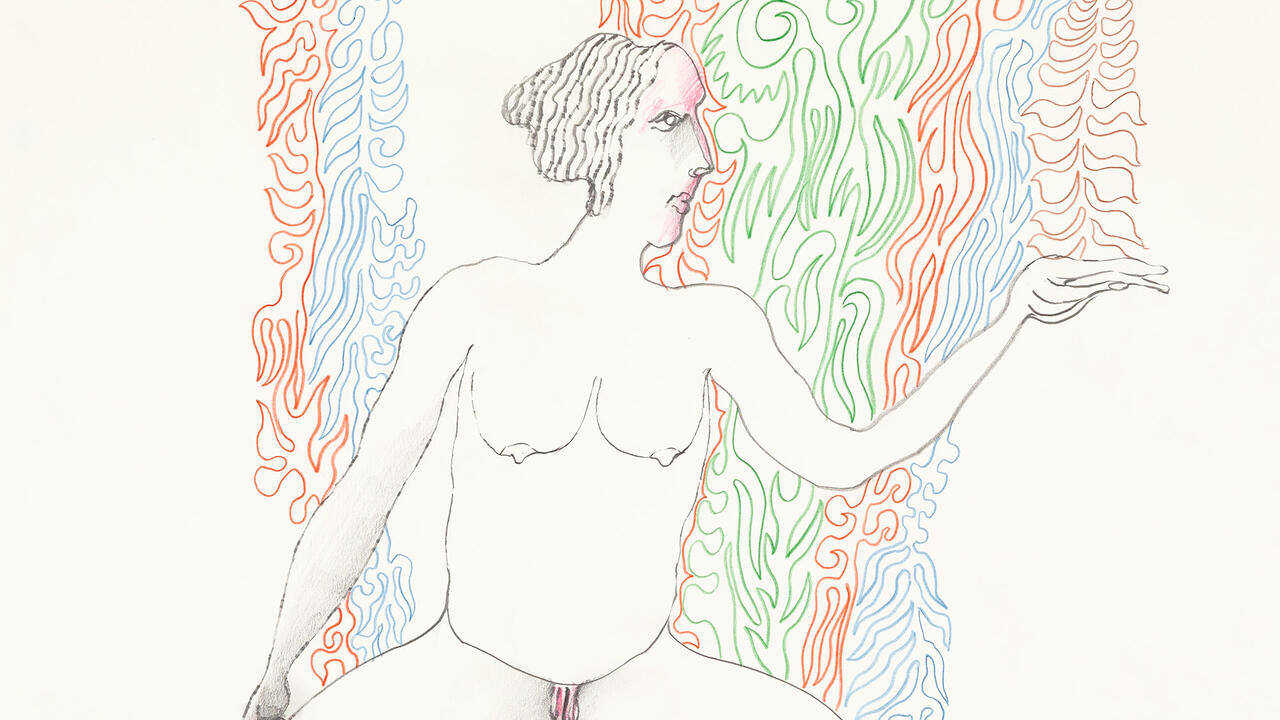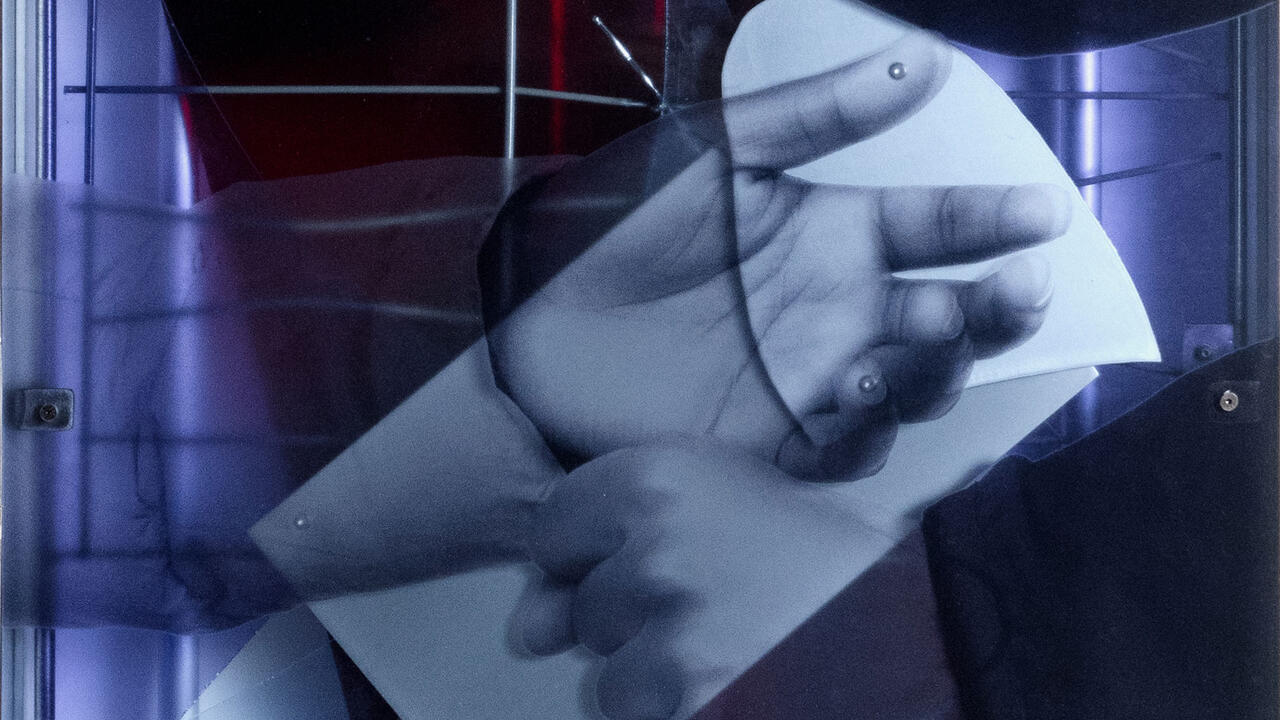Sylvie Fleury’s Playful Skewering of Male-Centricity
At Pinacoteca Agnelli, Turin, the artist’s works playfully subvert the art historical canon
At Pinacoteca Agnelli, Turin, the artist’s works playfully subvert the art historical canon

How better to reopen the newly female-led Pinacoteca Agnelli – relaunched in May under the directorship of Sarah Cosulich – than with a survey of Sylvie Fleury? Home to Gianni Agnelli’s (predominantly male) art collection, the museum is housed within Turin’s converted Lingotto building: the former Fiat car factory famed for its rooftop test track, which now sits, halo-like, atop a shopping mall. Since the 1990s, Fleury has humoured the aesthetics and advertising of luxury goods, paying particular note to how women are targeted commercially. Appropriating liberally from fashion and retail, the artist also has an eye for the erotica of sleek car design. From the outset – the double entendre of the exhibition’s title, ‘Turn Me On’, reads as both arousal and ignition – Fleury posits the libidinal as the baseline of consumerism.

This compact show packs a lot of work into a series of small, interlocking rooms – beginning and ending with a pileup of outdated television monitors playing 1980s workout videos by Cher, Jane Fonda and Raquel Welch – creating a circuit of sorts. If J.G. Ballard had his protagonists re-enact movie stars’ car accidents in Crash (1973), then Fleury has her actors repeat their exercise routines as Bruce Nauman-esque studio films in Cher Body Confidence, Jane Fonda’s Easy Going Workout and Raquel Welch Body and Mind (1992–2022).

A penchant for wordplay, particularly marketing speak, recurs throughout the exhibition. The source of the text for the neon Please, no more of that kind of stuff (2007), for instance, was originally a comment written in the gallery visitor book at Postmasters, New York, in response to the artist’s 1993 show. Here, it illuminates a display of objects that tread the line between sculpture, luxury goods and weaponry. For instance, Revolver (2009) is a bronze cast of a gun-shaped hairdryer, while Balenciaga Knife Pumps (2019) – a pair of studded, bronze nickel-plated high heels – reminds viewers that the stiletto is named after a slender dagger blade, another connector between the ‘mark’ (as in, a target) and marketing. Whereas these works are presented as singular objects, Wild Pairs (2022) consists of another pair of heels, this time spray-painted silver, placed atop copies of the now-defunct Playgirl magazine (1973–2016). This incongruous arrangement suggests a collision of different consumer desires: fashion, pornography and customized car paints.

The high heel makes another appearance in Walking on Carl Andre (1997), in which Fleury treats Carl Andre’s floor-based sculptures as runways for a series of videos featuring women parading across them in stilettos. In both Wild Pairs and Walking on Carl Andre, the heel symbolizes dominance over masculinity, and, throughout her practice, the artist has developed a witty (albeit mild) subversion of austere male postmodernism, enjoyably taunting canonical trends such as minimalism. Elsewhere, Fleury plays fast and loose with referentiality, cracking in-jokes across the show. Daniel Buren’s painted stripes bend like prison bars in a cartoon in The Eternal Wow (2005–22), while the scratched and battered Crash Test (G-911) and Crash Test (G-917) (both 2010) – brightly coloured rectangular cash desks that Fleury drove into with her car – resemble John McCracken’s leaning sculptures. Maybe the reason her gags don’t wear thin though is because of the self-seriousness of their subjects.

While Fleury has fun skewering male-centricity, the last pairing of works in the exhibition cleverly attests to the possible gratification of the male ego. Ciao, Martin! (2021) – a Margiela trench coat-clad mannequin that, like its direct referent, Martin Kippenberger’s Martin, Into the Corner, You Should Be Ashamed of Yourself (1992), faces the corner of the room – comes across as a touching goodbye to another joker. Still, Fleury gets the last laugh by placing next to it her neon Faster! Bigger! Better! (2022), reminding us once and for all who’s boss.
Sylvie Fleury, ‘Turn Me On’ is on view at Pinacoteca Agnelli, Turin, until 15 January 2023.
Main image: Sylvie Fleury, ‘Turn Me On’, 2022, exhibition view, Pinacoteca Agnelli, Turin. Courtesy: the artist
























